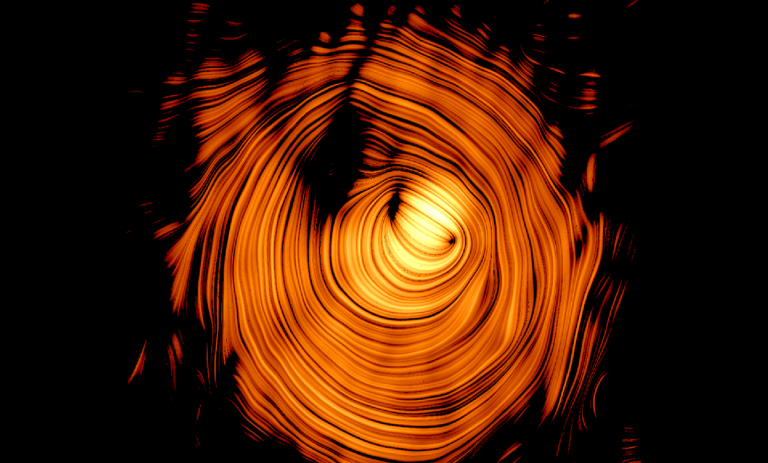Kevin Luhman, an astronomer at Penn State University has discovered a star, “brown dwarf” that is around 7.2 light-years away. Currently it appears to be as cold as Earth’s North Pole and positioned at fourth rank with respect to the Sun. The space scientist claims that insights from the new system might helpful in knowing the atmospheres associated with cold temperatures on similar other systems.
Like stars, the brown dwarfs initiate the same life cycle but during the collapse, they lack the mass that is required to burn the nuclear fuel and hence emits starlight.
The newly discovered brown dwarf has temperature around minus 48 to minus 13 degrees Celsius and is named as WISE J085510.83-071442.5. Prior to this discovery, the brown dwarf being found had ‘coldness’ corresponding to room temperature.
Luhman asserted that owing to the low temperature atmospheric conditions, WISE J085510.83-071442.5 would not be envisioned as a suitable destination for human space travel.
WISE J085510.83-071442.5 is expected to be around 3 to 10 times the mass of Jupiter. This also hints at its probability of being a gas giant that is being expelled from its star system. However, space scientists rebuffed this idea claiming that it could only be a star or brown dwarf and not a planet since the former are common the arena. And so researchers are considering it as one of the brown dwarfs only.
Coalesce detections around the Sun have been performed using WISE and Spitzer while for measuring its distance, researchers have employed the technique called the parallax effect.
During the analysis of the images from WISE in 2013, Luhman postulated that there could be a probability of warmer brown dwarfs somewhere around 6.5 light years. Michael Werner, the project scientist for Spitzer added that that even after consistently studying the sky, there are still certain things or events, which are skipped by humans, and if we talk about inventory around Sun, we would be surprised to know that it is still not complete.
Whatever the case maybe, one thing is sure, every time there is a discovery, it exhibits the inquisitive nature of humans and their power of exploring the universe with their technology enhanced new tools.
Source: Penn State




